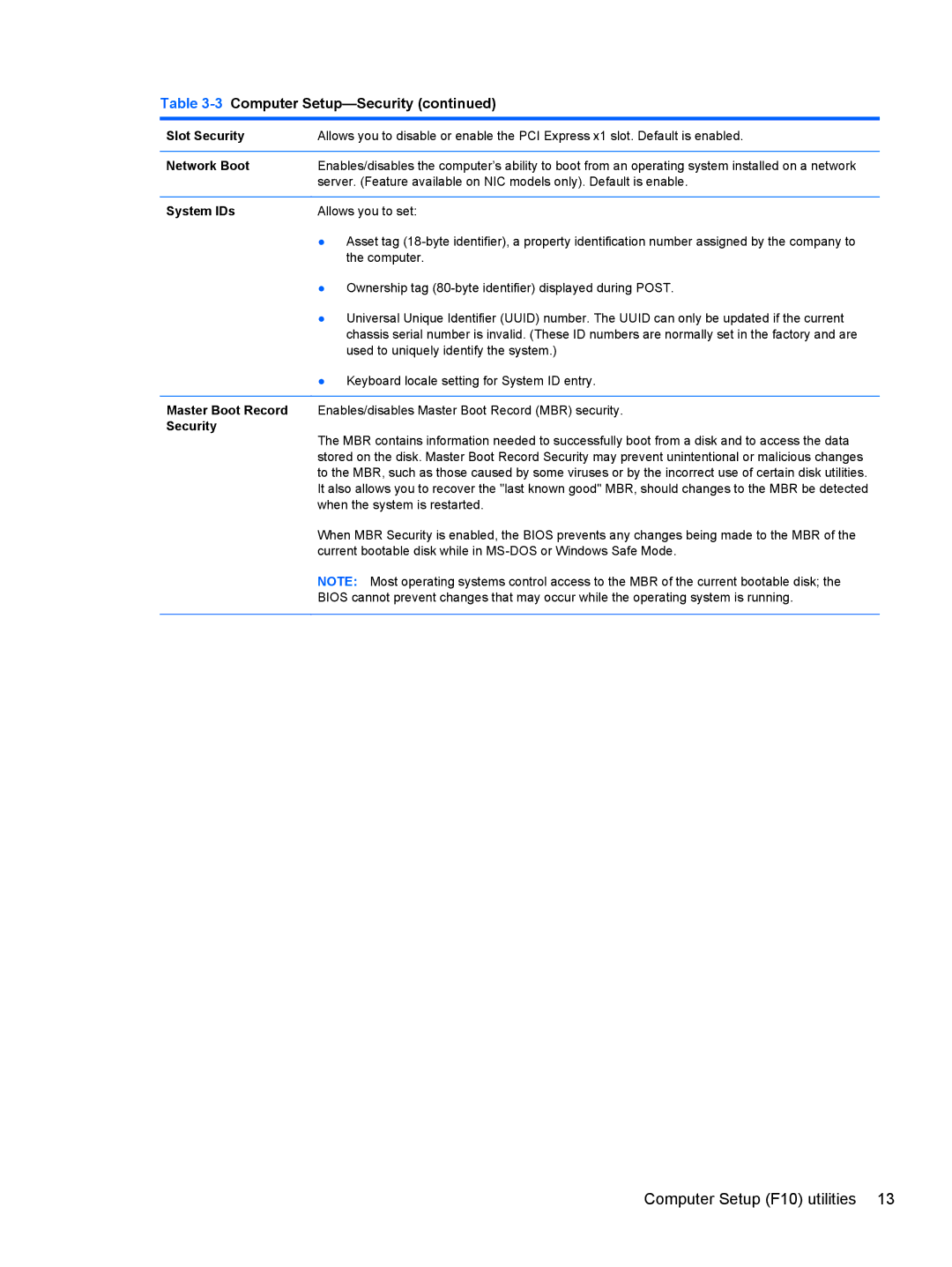Table 3-3 Computer Setup—Security (continued)
Slot Security | Allows you to disable or enable the PCI Express x1 slot. Default is enabled. |
|
|
Network Boot | Enables/disables the computer’s ability to boot from an operating system installed on a network |
| server. (Feature available on NIC models only). Default is enable. |
|
|
System IDs | Allows you to set: |
| ● Asset tag |
| the computer. |
| ● Ownership tag |
| ● Universal Unique Identifier (UUID) number. The UUID can only be updated if the current |
| chassis serial number is invalid. (These ID numbers are normally set in the factory and are |
| used to uniquely identify the system.) |
| ● Keyboard locale setting for System ID entry. |
|
|
Master Boot Record | Enables/disables Master Boot Record (MBR) security. |
Security | The MBR contains information needed to successfully boot from a disk and to access the data |
| |
| stored on the disk. Master Boot Record Security may prevent unintentional or malicious changes |
| to the MBR, such as those caused by some viruses or by the incorrect use of certain disk utilities. |
| It also allows you to recover the "last known good" MBR, should changes to the MBR be detected |
| when the system is restarted. |
| When MBR Security is enabled, the BIOS prevents any changes being made to the MBR of the |
| current bootable disk while in |
| NOTE: Most operating systems control access to the MBR of the current bootable disk; the |
| BIOS cannot prevent changes that may occur while the operating system is running. |
|
|
Computer Setup (F10) utilities 13
